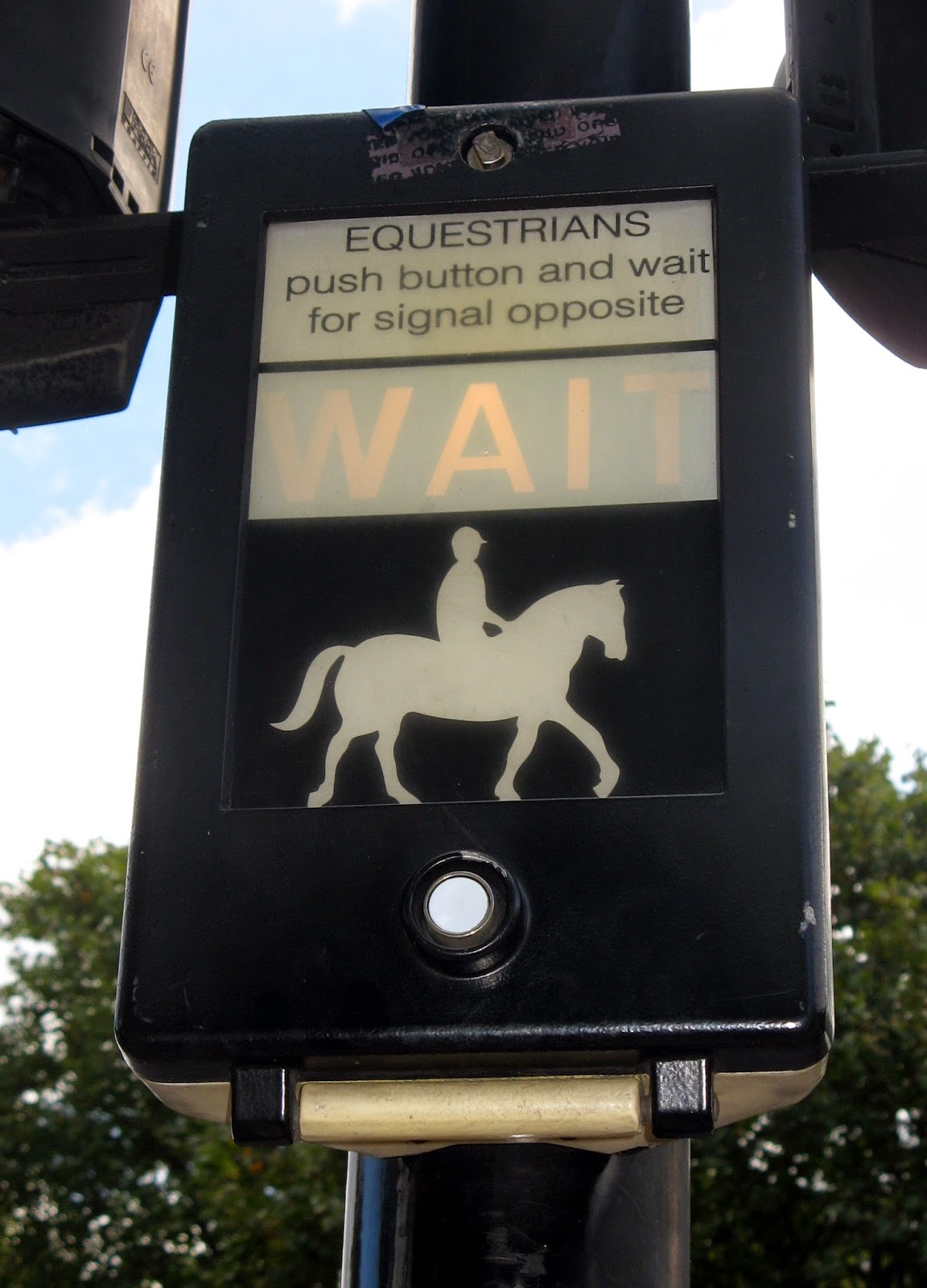A Lunch Time Trauma - W.S. Maugham's 'The Luncheon'
 |
| Your Table is Waiting - Photo by Lesley Lanir |
 |
| Somerset Maugham |
There are difficult occasions in life which seem ludicrous when viewed from a different perspective, especially with the added contortions of time. Such an event provides the framework for Somerset Maugham’s short story ‘The Luncheon.' Accompanying the narrator during his recollection of lunch time occasion, the reader meets a young, naive writer faced with a luncheon meeting that if not handled carefully may cost him more than his month’s allowance.
His ordeal becomes a critical yet humorous expose of the conventions of high society and Maugham’s deliberate use of contrasting flat characters further intensifies the mockery. Each character is a social stereotype; their polarity serves to emphasise the gaps in society providing the perfect dramatic irony to enhances the humour and reinforce the theme.
His ordeal becomes a critical yet humorous expose of the conventions of high society and Maugham’s deliberate use of contrasting flat characters further intensifies the mockery. Each character is a social stereotype; their polarity serves to emphasise the gaps in society providing the perfect dramatic irony to enhances the humour and reinforce the theme.
 |
| Lunch - Photo by Lesley Lanir |
Read Somerset Maugham’s 'The Luncheon' and find out why a simple meeting exposes the absurd demands of social etiquette. Point of view, characterisation, and setting, although function as separate components, are unified by the same common denominator which is to reprove this convention of society in every direction.
 |
| Dessert - Photo by Lesley Lanir |
Ironically, the anonymous lady, the symbol of ‘upper class’ society, seems to control the meeting; however, the narrator regulates events through his choice of those he wishes to report in protest of his experience. Somerset Maugham has created a story that superficially is an enjoyable comedy of behaviour in society but at the same time is a satirical farce.
Sources:
 Somerset Maugham, W. "The Luncheon," Collected Short Stories: Volume 1. London: Penguin Classics, Penguin Books, pp. 97-100. (1977).
Somerset Maugham, W. "The Luncheon," Collected Short Stories: Volume 1. London: Penguin Classics, Penguin Books, pp. 97-100. (1977).
 Somerset Maugham, W. "The Luncheon," Collected Short Stories: Volume 1. London: Penguin Classics, Penguin Books, pp. 97-100. (1977).
Somerset Maugham, W. "The Luncheon," Collected Short Stories: Volume 1. London: Penguin Classics, Penguin Books, pp. 97-100. (1977).Adaptation of an article first published, Feb 15, 2011 by Lesley Lanir on Suite101.
Copyright Lesley Lanir.
Copyright Lesley Lanir.



Comments
Post a Comment